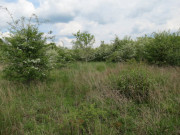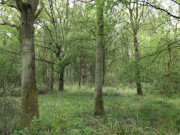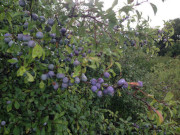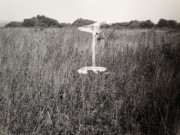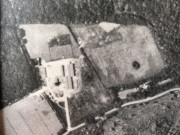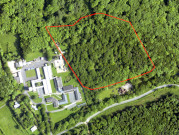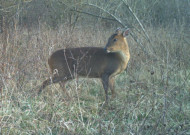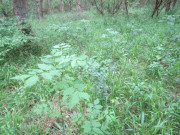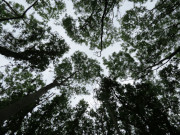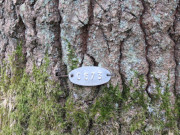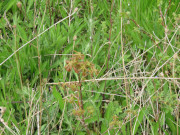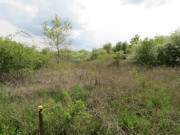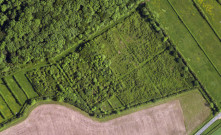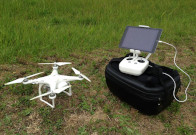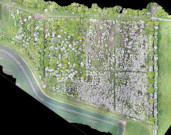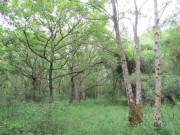The Monks Wood 'Wilderness' sites are a series of former fields of arable farmland and grassland, which are next to the ancient woodland of Monks Wood National Nature Reserve in Cambridgeshire, eastern England. The fields have been taken out of farming production or management and allowed to return to woodland by natural succession for up to 60 years, with no management or inputs. The sites are a long-term study of passive rewilding and woodland colonisation and succession, and represent one of the most comprehensive examples in Britain.
The term 'Wilderness' was given to the sites in the 1960s as a (light-hearted) reference to the dense shrub thickets that initially developed, an impenetrable wilderness! The sites have since been monitored as closed-canopy woodland has developed, and have been regularly surveyed using ground-based fieldwork and remote sensing (LiDAR, drone) to map the vegetation changes over time.
With a growing interest in rewilding and a desire to expand woodland cover in Britain, the results of the Monks Wood Wilderness experiment provide valuable information for the timescales, patterns and processes of woodland natural regeneration on former farmland.

